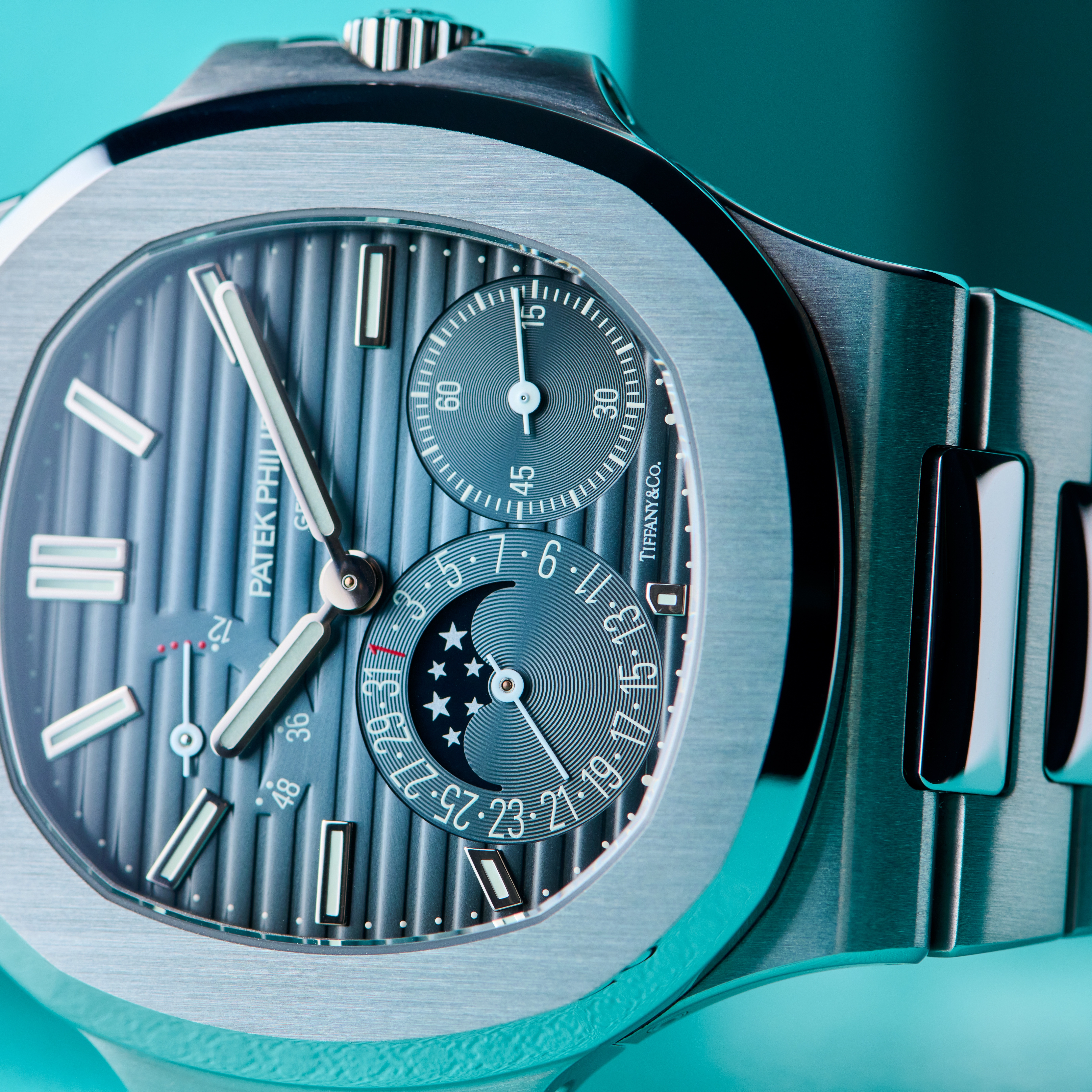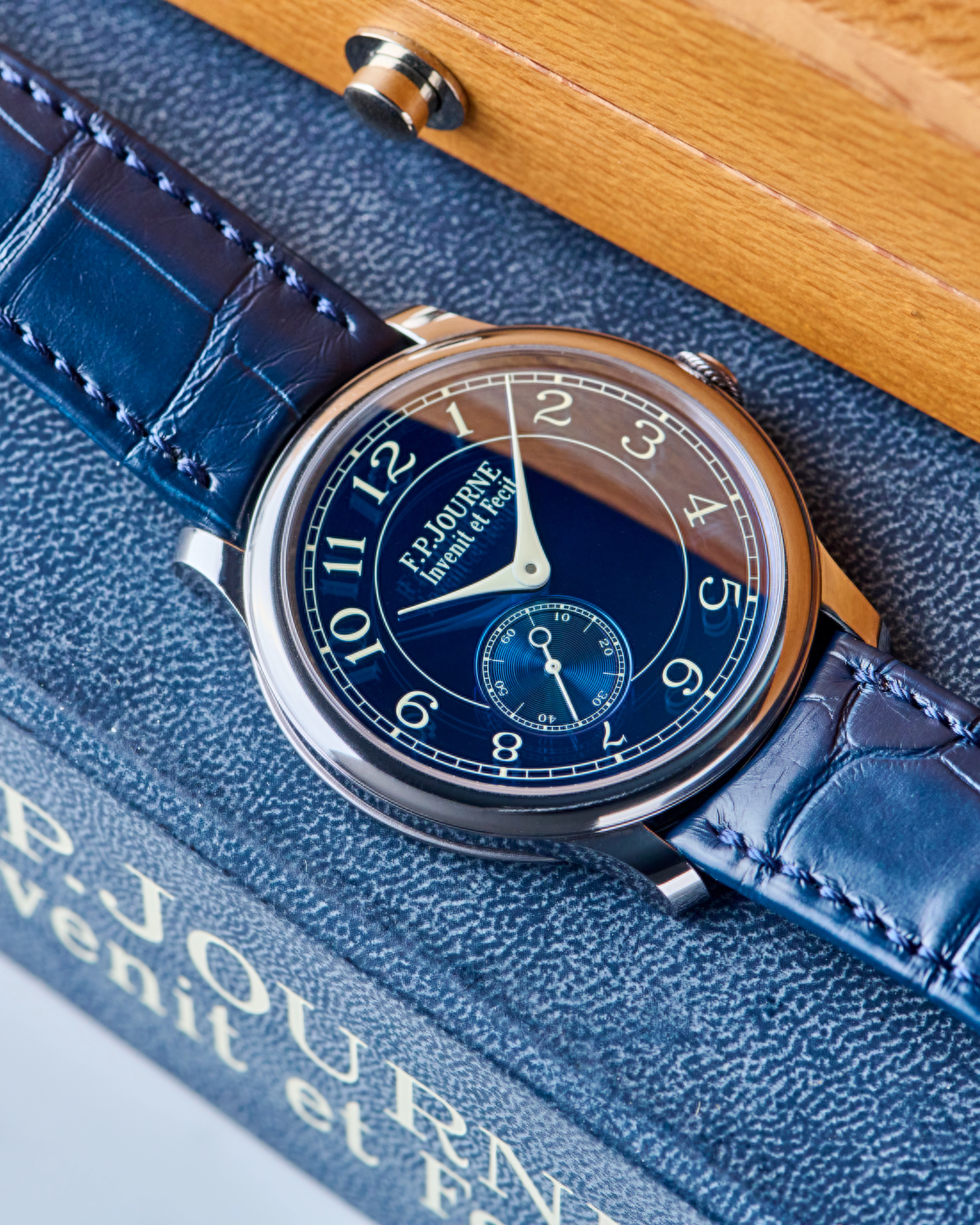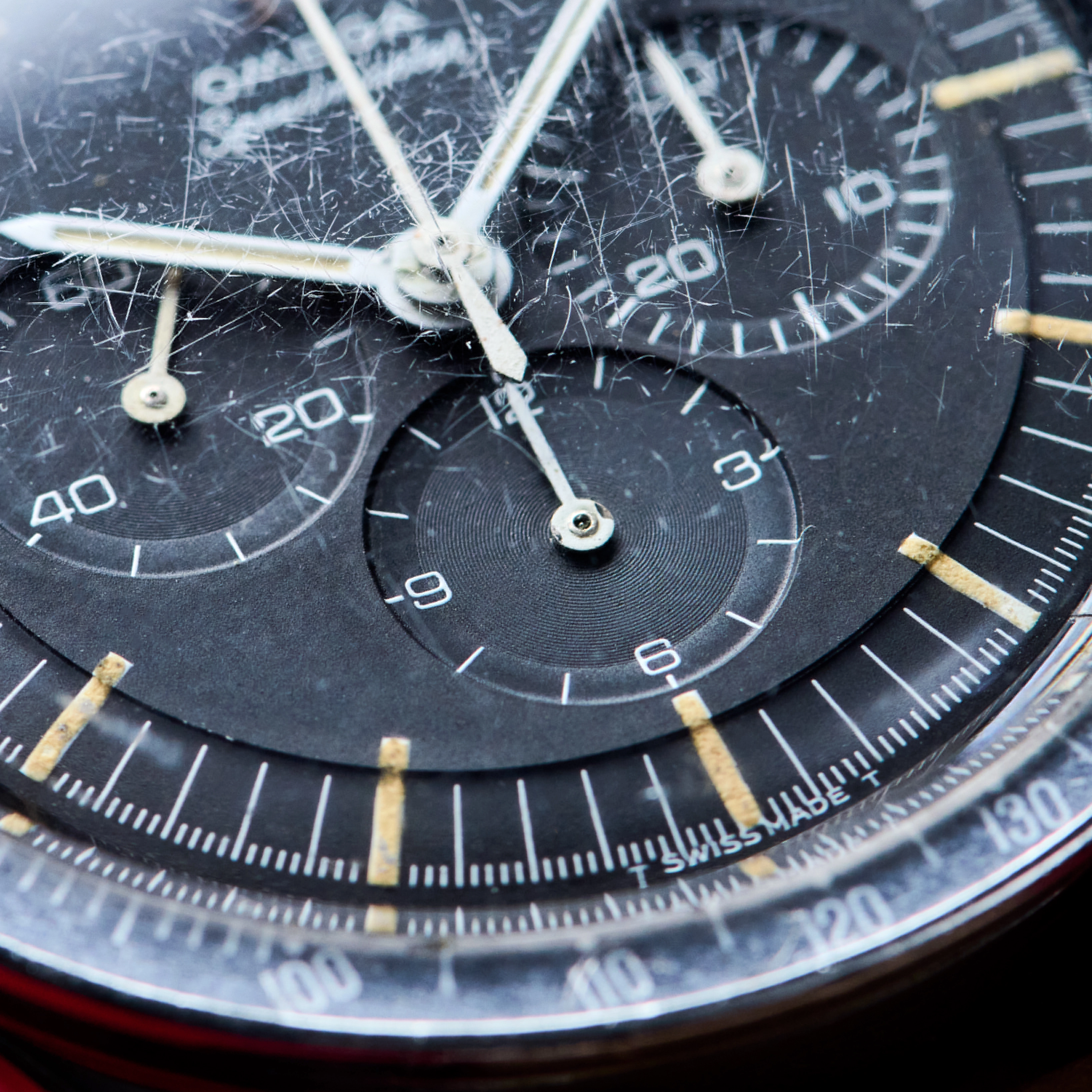Watch Collecting as an Investment: Is the Bubble Deflating?
Lifestyle.jpg/a51623b203da1b73170898f681d48a4a/3x9a4504-(1).webp)
For some people, over the last decade, watch collecting became as much about returns as it was about passion. The rise of Instagram, the hype around steel sports watches, and an era of financial prosperity all helped fuel a frenzy that turned watches from Rolex, Patek Philippe, Audemars Piguet and others into speculative assets. Buyers who once lined up for a Daytona or Royal Oak often saw their watches double in value the moment they left the boutique.
But the market of 2025 looks very different. Prices for many hyped models have cooled, trading volumes have softened, and the narrative of watches as an asset class has started to unravel. Which raises the question: has the so-called bubble burst, or is this just a much-needed reset?
From frenzy to correction
The turning point began in 2022 when interest rates started climbing and speculative money pulled back. By 2023, pieces like the Patek Philippe Nautilus 5711 or the green-dial Rolex Submariner had already shed 20–30 percent from their peaks. By 2024, the correction had spread well beyond the typical hype watches. Even independents that once traded for triple retail began to slip in price on the secondary market.

This wasn’t a collapse so much as a recalibration. The pandemic years saw unprecedented growth in luxury goods, with watches lumped in alongside sneakers, handbags, and NFTs as “alternative assets.” Once that speculative tide receded, values began tracking closer to their historical norms. That’s not necessarily a bad thing. It means fewer quick-flip speculators and a stronger focus on long-term collecting.
Passion replaces speculation
For many in the trade, the shift in mindset has been obvious. Michael Nee, a watch specialist at European Watch Company, said he still gets asked about value retention, but the intensity of those questions has eased. “Customers’ expectations have shifted a lot to reflect the current market,” he said. “Value retention is a consideration, but not the driving factor anymore. Passion is the primary driver, for sure.”
That passion has become the new currency. Collectors are again buying watches that mean something to them, not just those that seem like safe bets. “During the pandemic, people were desperate to get into anything that would go up,” Nee added. “Now they’re far more realistic. They want something that feels personal—something that speaks to them.”

Even within a cooler market, certain corners remain strong. Nee pointed out that “F.P. Journe and neo-vintage Patek have seen an uptick. The early Dubuis watches are very sought after, too. Modern Rolex has been resilient as well.” Collectors are still willing to spend, but they’re directing their money toward pieces that combine rarity, design integrity, and enduring brand value rather than trend-driven hype.
A calmer vintage scene
While modern prices were climbing and crashing, the vintage market was moving at a different pace. “As the modern hype market accelerated a few years back, vintage also appreciated, but at a much more modest increase,” said Arwind Jhand, vintage watch dealer and owner of Tortoise Watches in London. “So on the way down, it’s also been relatively calm.”
That stability has made vintage an appealing refuge for disillusioned modern buyers. “We’re finding the correction in hype pieces has led modern collectors to move more toward the stability of vintage,” Jhand said. “They got burned on ‘investment watches’ and realized these are just toys for adults. They’ve come to value the varied designs that vintage can offer, instead of only being a commodity.”
Condition, more than anything, is now driving value. “A great example for a strong price will sell much quicker than a poor example for a cheap price,” Jhand explained. “Collectors have matured. The spread between good and average has widened.” That growing sophistication has transformed the vintage world from a niche pursuit into a far more discerning and educated market.
He also noted a demographic shift that’s reshaping the collector landscape. “There are a lot of fresh entrants to the vintage watch scene. More women have started collecting, which is refreshing and brings more of a fashion twist to watches instead of being so tool focused,” he said. “Men embracing jewelry, compared to a few years back, is also having an influence on the market.” The result, according to Jhand, is a more diverse, vibrant scene that’s as much about style and individuality as it is about mechanical purity.
What’s worth a second look
Not every category is struggling. Some are quietly building momentum again. “Rolex tool watches such as the 5513 and 1680 Submariners have been quiet and feel due for a revival,” Jhand said. “Vintage Heuer is so underappreciated right now, and the market for them has gone quiet.”

He believes Omega Speedmasters also represent strong value, pointing to the wealth of reference material and community knowledge surrounding them. “It’s a quiet segment of the market which, in my view, is bound to come back,” he said. And for collectors seeking accessible entry points, he highlighted “vintage JLC Reversos, which can be picked up for £3–4k for nice examples. Considering new ones start from around £8k, they offer exceptional value.”
These insights point to a broader truth: the pieces that are holding steady or showing signs of revival are those underpinned by heritage and substance. The easy, speculative wins may have vanished, but thoughtful collectors who buy what they love—and buy the best condition they can afford—are faring just fine.
A healthier future
If anything, the market feels more balanced now than it has in years. Passion is returning to the driver’s seat, and collectors are taking the time to understand what they’re buying. Nee sees this as a healthy correction rather than a crisis. “There’s definitely been a cooling off, but it’s made people more grounded,” he said. “They’re asking smarter questions, looking deeper into why a watch is worth what it is.”
That shift might be the best thing to happen to the hobby in a long time. The speculative heat may have cooled, but the culture feels richer for it. Watch collecting has always been at its best when guided by curiosity and connection rather than profit. As Jhand put it, today’s enthusiasts have realized these are “just toys for adults”—and that’s exactly what makes them fun again.